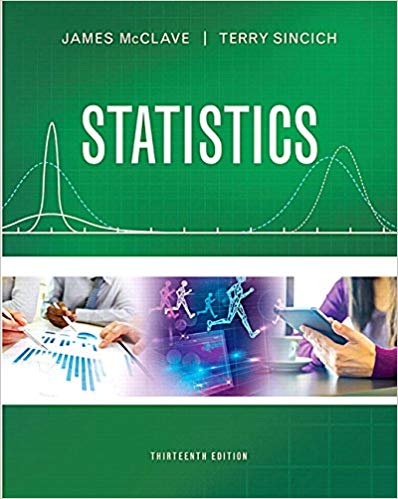A major tourist activity is shopping. Travel researchers estimate that nearly one-third of total travel expenditures are
Question:
-1.png)
a. Based on the percentages shown in the table, do you think male and female tourists differ in their responses to purchasing photographs, postcards, or paintings? Why are these percentages alone insufficient to draw a conclusion about the true response category proportions?
b. Assume that 1,500 males and 1,700 females participated in the survey. Use these sample sizes and the percentages in the table to compute the counts of tourists in each of the Response/Gender categories. This represents the contingency table for the study.
c. Specify the null and alternative hypotheses for testing whether male and female tourists differ in their responses to purchasing photographs, postcards, or paintings.
d. An SPSS printout of the contingency table analyses is shown below. Locate the test statistic and p-value on the printout.
e. Make the appropriate conclusion using α = .01.
-2.png)
Step by Step Answer:






